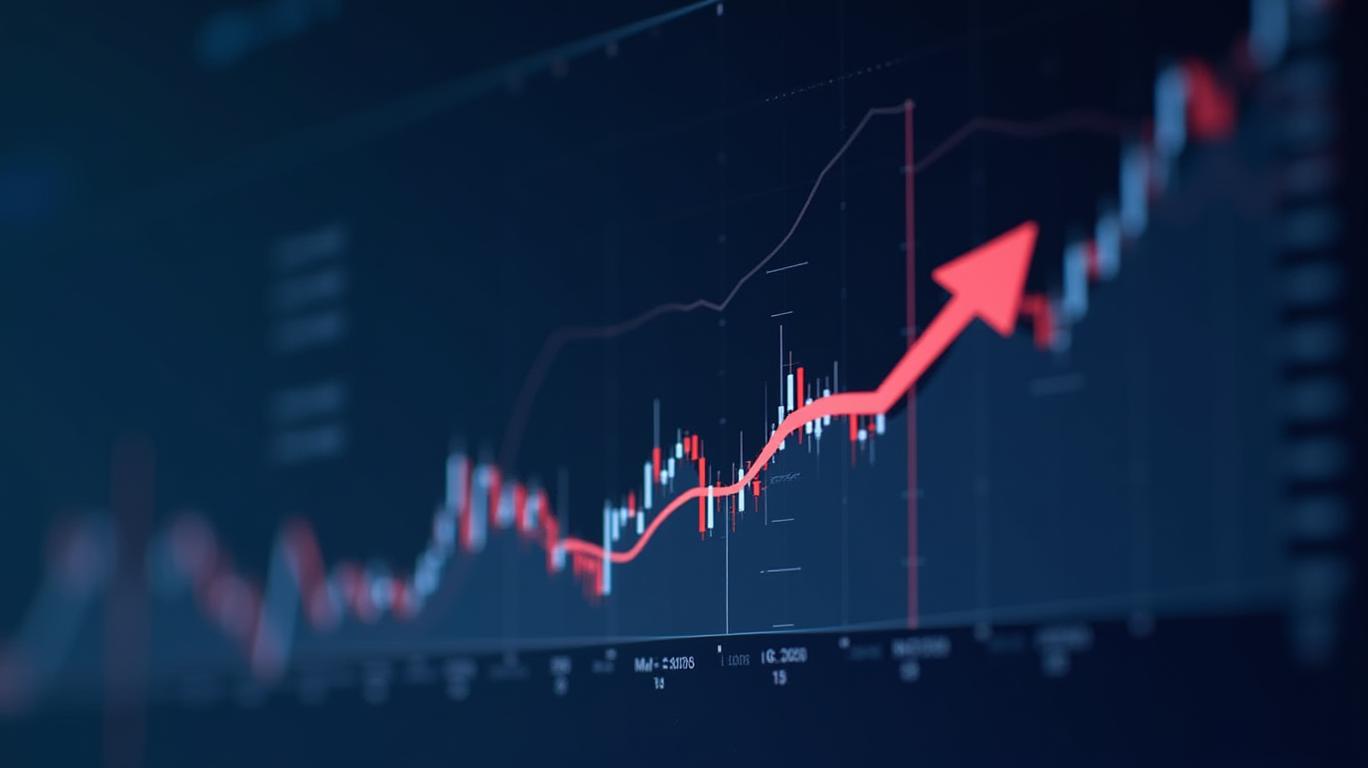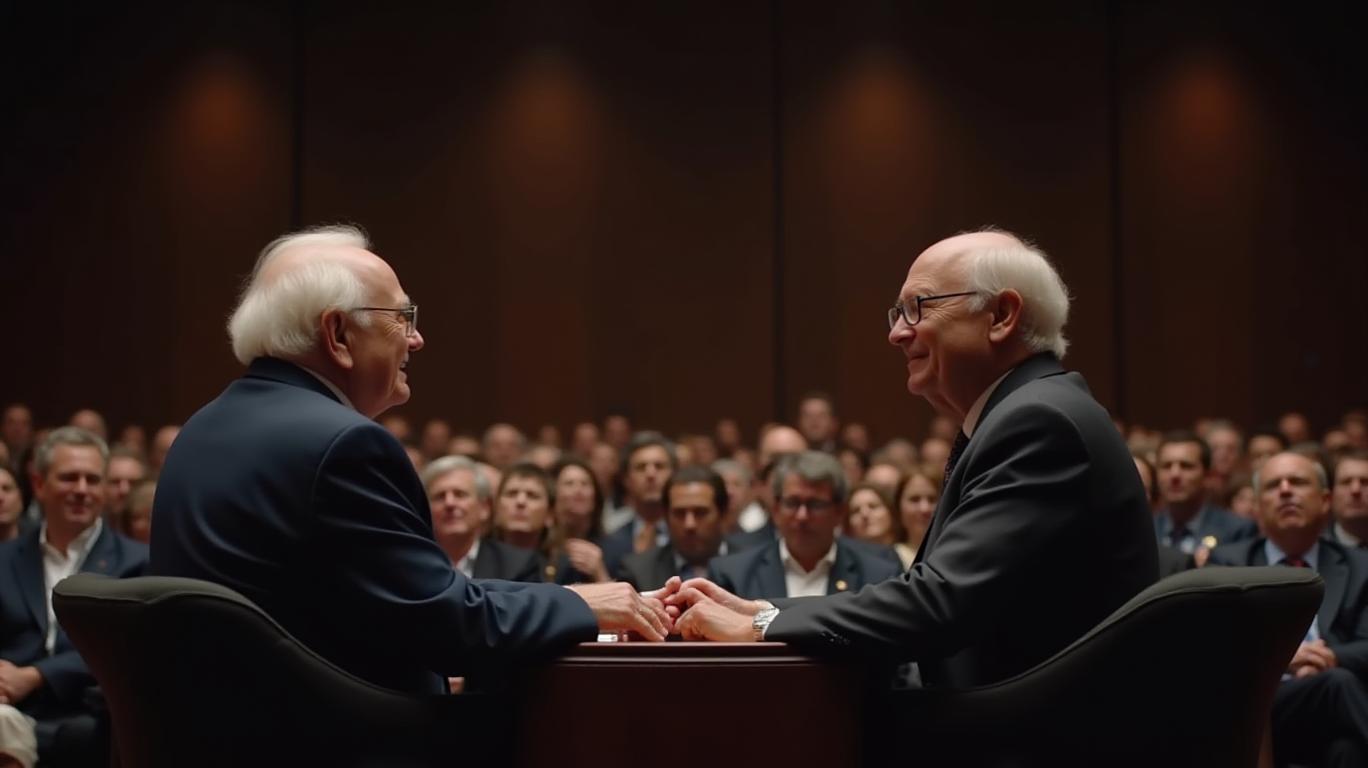AbbVie: A Buy Amid Transition, but Risks Linger
AbbVie (NYSE: ABBV) stands at a critical juncture. Once reliant on its blockbuster drug Humira, the company is now pivoting to newer therapies like Skyrizi and Rinvoq to drive growth. The question investors face is whether this transition justifies buying the stock today. Let’s dissect the financials, pipeline, and risks to find an answer.

Financial Performance: Growth in Key Pipelines, But Challenges Remain
AbbVie’s Q1 2024 results highlighted a mixed picture. Adjusted EPS fell 6% year-over-year to $2.31, dragged down by costs from acquisitions and a $0.08 per share hit from in-process R&D expenses. However, operational revenue growth (+1.6%) was driven by its immunology and neuroscience portfolios. Skyrizi (up 48%) and Rinvoq (up 62%) are now critical growth engines, offsetting the 36% decline in Humira sales due to biosimilar competition.
Full-year 2024 results showed resilience: net revenues rose 3.7% to $56.3 billion, with immunology contributing $26.7 billion. The neuroscience segment grew 17%, led by migraine therapies like Qulipta (up 61%). However, the aesthetics division (Botox, Juvederm) struggled, falling 2.2% as competition intensified.
Pipeline Momentum: Oncology and Autoimmunity Lead the Way
AbbVie’s pipeline is its strongest asset. Key programs include:- SKYRIZI and RINVOQ: Both are expanding into new indications. SKYRIZI’s FDA submission for ulcerative colitis (UC) and RINVOQ’s Phase 3 success in giant cell arteritis (GCA) could widen their addressable markets. By 2027, combined sales are projected to exceed $31 billion, up from a prior $27 billion target.- Elahere: An ovarian cancer drug approved in 2024, with EU approval in late 2024. It’s part of AbbVie’s oncology push, which also includes Epcoritamab (follicular lymphoma) and ABBV-399 (lung cancer).- Gene Therapy: The experimental ABBV-RGX-314 for wet AMD aims to offer a one-time treatment, potentially disrupting the $14 billion eye care market.
These programs align with AbbVie’s long-term goal of high single-digit revenue growth through 2029, underpinned by a $17.8 billion free cash flow engine.
Risks to Consider
- Humira’s Decline: U.S. generic competition has cut Humira sales by nearly 50% since 2023. While newer drugs are compensating, the drag will persist.
- Debt and Dividends: AbbVie’s net debt stands at $62.5 billion, with a dividend payout ratio of 274% (dividends exceed earnings). This reliance on debt to fund dividends could strain liquidity if earnings stumble.
- Pipeline Delays: The $3.5 billion impairment charge from the failed emraclidine schizophrenia trial in 2024 serves as a reminder of R&D risks. Upcoming trials for ABBV-399 (lung cancer) and ABBV-CLS-7262 (ALS) are critical.
Valuation: Reasonable on Forward Growth
At recent prices (~$200), AbbVie trades at a forward P/E of 14.1, below its 5-year average of 19.3. Analysts’ average price target of $212 (a 6% upside) reflects optimism about 2025’s EPS guidance of $12.12–$12.32 (up 2% from 2024). The PEG ratio of 1.04 suggests the stock is fairly priced relative to its growth rate.
Conclusion: A Buy for Growth Investors, but Mind the Risks
AbbVie is a buy for investors willing to bet on its pipeline execution and dividend sustainability. Its immunology and oncology therapies are on track to replace Humira’s sales, and the $31 billion 2027 target for SKYRIZI/RINVOQ is ambitious yet achievable. The stock’s forward valuation leaves room for upside if growth targets are met.
However, caution is warranted for conservative investors. The high debt load, dividend dependency, and execution risks in late-stage trials mean AbbVie isn’t a “set it and forget it” stock. Investors should monitor Q1 2025 results (due April 25) for signs of margin stability and top-line growth.
In summary, AbbVie’s transition to a next-gen biotech is credible—but it’s only as strong as its pipeline’s delivery. For now, the data tips the scales in favor of a buy, provided investors can tolerate the risks.


_442a2dcc1749832873286.jpeg)
_e68fac6d1749831664430.jpeg)






